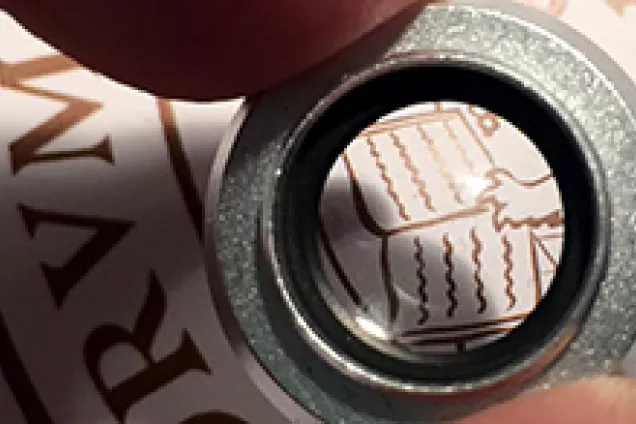Academic integrity
Plagiarism means imitating or copying someone else’s work, for instance a text, picture or diagram, presenting the material as your own. Plagiarism is not accepted within the scientific community.
When you are writing an assignment, a take-home examination or an essay, it is important for you to look carefully at the rules that apply for citing and referencing. If you cannot find any guidelines – they often appear in the syllabus – you must ask your teacher. You have to learn how to write academic texts using different techniques for referencing sources in your subject area.
For information about academic integrity contact your subject library
Our page on Reference management.
Plagiarism
If you are failing in your reference management or plagiarising someone else’s work, you can be reported to the Disciplinary Board. Lund University has collective guidelines on how to deal with plagiarism. If you violate the departmental regulations and are found guilty of attempting ”to deceive during examinations or other forms of assessment of study performance” (the Higher Education Ordinance 1993:100, chapter 10), you may be given a warning or a suspension by the University Disciplinary Board. If you are suspended, it means that you cannot take part in any class or examinations for a certain period of time. You will not receive any student finance during your suspension.
Lund University's collective guidelines on how to deal with plagiarism (PDF)
Urkund/Ouriginal
Lund University uses the program Urkund/Ouriginal in order to prevent and detect cases of plagiarism. Urkund/Ouriginal compares student papers with other texts from three central source types – the Internet, printed material and its own archive.

Academic writing & references
Watch Social Sciences Faculty Library's films on academic writing and references.


